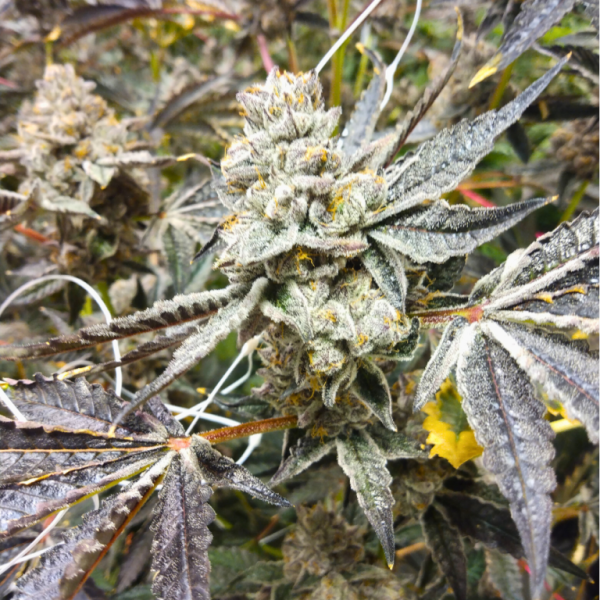The Journey to Legalization: How Cannabis Became a Pillar of American Policy
In recent years, cannabis has transitioned from a symbol of rebellion to a burgeoning industry in the United States. The journey towards legalization has been complex and often contentious, involving decades of advocacy, shifting public opinion, and evolving regulatory frameworks. This post explores how cannabis achieved legal status across various states, ultimately paving the way for a nationwide reevaluation of its place in society.
Historical Backdrop: The ‘War on Drugs’
To understand the current landscape of cannabis legality, one must first acknowledge its tumultuous past. In the early 20th century, cannabis was demonized alongside other substances in the United States due to a mix of public misconceptions, racial prejudices, and political agendas. The 1937 Marihuana Tax Act effectively criminalized cannabis, marking the beginning of its prohibition era. The subsequent ‘War on Drugs,’ initiated by President Nixon in the 1970s, further entrenched the negative perception of cannabis as a dangerous drug with no medicinal value.
A Shift in Perspective
The 1980s through the early 2000s witnessed a gradual shift in public opinion, thanks in part to emerging research that highlighted the therapeutic benefits of cannabis. Advocacy groups formed, pushing for more compassionate policies regarding medical use. California paved the way for change in 1996 by legalizing medical cannabis with Proposition 215.
As the years rolled on, other states followed suit, recognizing the myriad benefits of cannabis for patients suffering chronic pain, anxiety, epilepsy, and other ailments. This growing acceptance laid the groundwork for a broader conversation about recreational use.
Recreational Legalization: The Domino Effect
The pivotal moment came in 2012 when Colorado and Washington became the first states to legalize recreational cannabis use. Following these trailblazers, several other states joined the chorus, including Oregon, Alaska, and California. The successful passing of these measures showcased an undeniable shift: an increasing number of Americans were willing to embrace cannabis as a legitimate component of society rather than a harbinger of crime.
The explosive growth of the cannabis industry also sparked economic discussions, emphasizing legalization as a means to generate tax revenue and create jobs. Many states recognized the potential benefits to boost their economies by regulating instead of outlawing this plant.
Legalization Movements and Advocacy
As momentum picked up, cannabis advocacy groups played a crucial role in pushing for change. Organizations such as the National Organization for the Reform of Marijuana Laws (NORML) and the Drug Policy Alliance mobilized citizens, created awareness around the medicinal benefits, and lobbied for reform at both state and federal levels.
The legalization campaigns have increasingly focused on social justice, urging lawmakers to address the disproportionate impact of cannabis prohibition on marginalized communities. This multifaceted approach has helped to bring crucial issues surrounding equity and economic opportunity to the forefront of the legalization conversation.
Nationwide Legalization: Steps Toward Federal Reform
Despite the rapid progress on the state level, cannabis remains a Schedule I substance under federal law,-r a classification that denotes it as having no accepted medical use and a high potential for abuse. However, there has been an ongoing push in Congress to re-evaluate this classification through various legislative measures. Advocacy for the legalization of cannabis is not solely driven by consumption and medicinal benefits but is deeply intertwined with issues of justice, public safety, and economic reform.
Currently, the cannabis landscape in the United States is a patchwork of regulations and laws. Some states have fully legalized cannabis for both recreational and medicinal use, while others maintain strict prohibitions. As public support continues to rise, the pressure mounts on lawmakers to tackle the inconsistencies and navigate a path toward comprehensive federal reform—a challenge that remains complex amidst political negotiations and regional socio-cultural differences.
Conclusion
The evolution of cannabis legalization in the United States reflects an ongoing cultural shift—one that embraces the complexity of this plant and recognizes its potential benefits while concurrently confronting the systemic injustices associated with its prohibition. As we move forward, it is crucial to stay engaged and informed, pushing for policies that reflect our ever-evolving understanding of cannabis and its impact on society. The journey is far from over, and the role that individuals play in advocacy will determine how this narrative continues to unfold.



